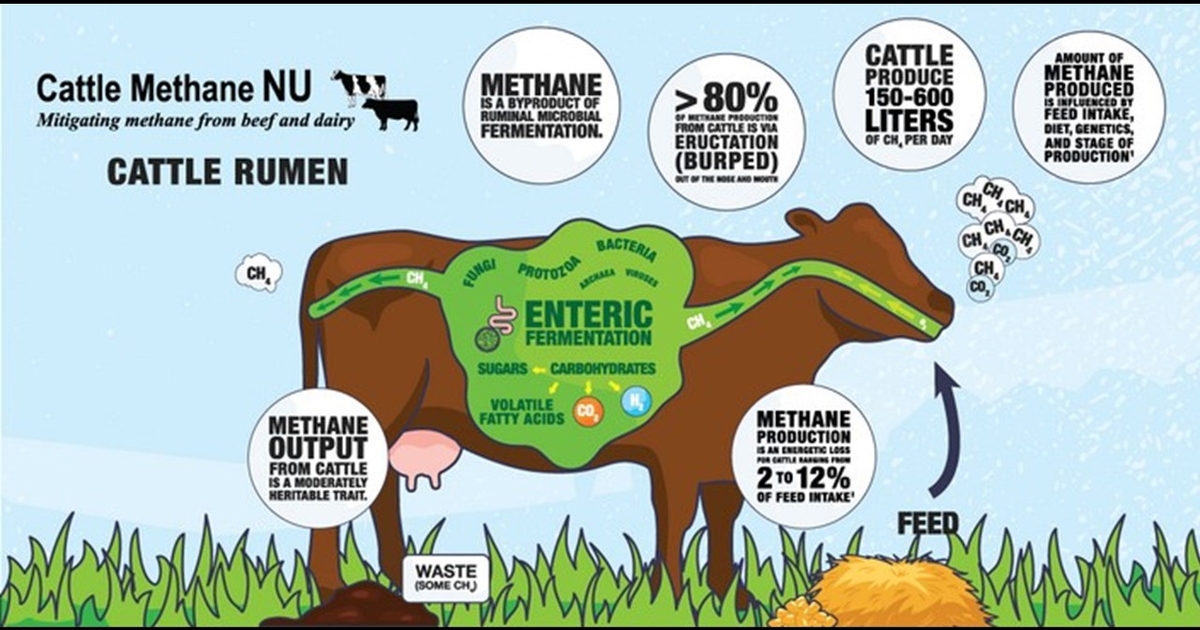Managing calving in muddy conditions
Posted on February 19, 2024
Source: Farm Progress. The original article is posted here.

By Lindsay Waechter-Mead, DVM, University of Nebraska Extension
Mud conditions in calving areas can lead to health concerns in both the cow and calf. Mud and moisture prevent the hair coat from insulating and maintaining body temperature, leaving newborn calves vulnerable to hypothermia. Mud also increases the energy requirements for the cow and may lead to decreases in body condition score (Nickles, et al. 2022).
Because of health concerns, it is important to reduce the effects of mud in calving areas. The following are a few management strategies to decrease the risk of health events due to mud during calving season.
Calf scours
When mud and fecal material are on udders, calves have the potential to ingest disease causing pathogens when they nurse. The environmental pathogens amplify with each new animal introduced to the calving area.
The Sandhills Calving Method can be modified to individual systems by using two key concepts:
Calves are born in a clean area to minimize the number of pathogens in the environment at birth.
Calves are grouped by similar ages to prevent direct contact between younger and older calves. Keeping age groups together is one way to minimize risk of exposure to large amounts of disease-causing agents.
Can the pens be split with temporary fencing or other creative methods of separation? Are there areas that may be accessed that are normally not used during calving? Once areas are designated, heavy bred cows can be rotated out of the pairs group to start another age group
Calving shelters
Calf escape areas and shelters are options for calves to go without cow traffic. Hot wires in corners of pens or creep areas provide additional space for calves to rest. It is important to monitor these areas often and remove soiled bedding to prevent the spread of disease.
Additional information on scours management can be found here .
Navel ill
Navel ill occurs when bacteria from a contaminated environment enters the calf naval and creates an abscess or infection.
Bedding, such as round straw bales or cornstalks behind wind shelters, will provide areas for cows to calve without contamination of udders and navels. Again, this area needs to be monitored closely and refreshed often to minimize disease risk.
Spraying or dipping the navel area with a disinfecting liquid, such as 7% tincture of iodine, will promote drying and healing of the umbilical cord.
Ensuring adequate and timely colostrum consumption is another important preventative health management strategy. More information on that topic can be found here .

.jpg?disable=upscale&width=1200&height=630&fit=crop)


